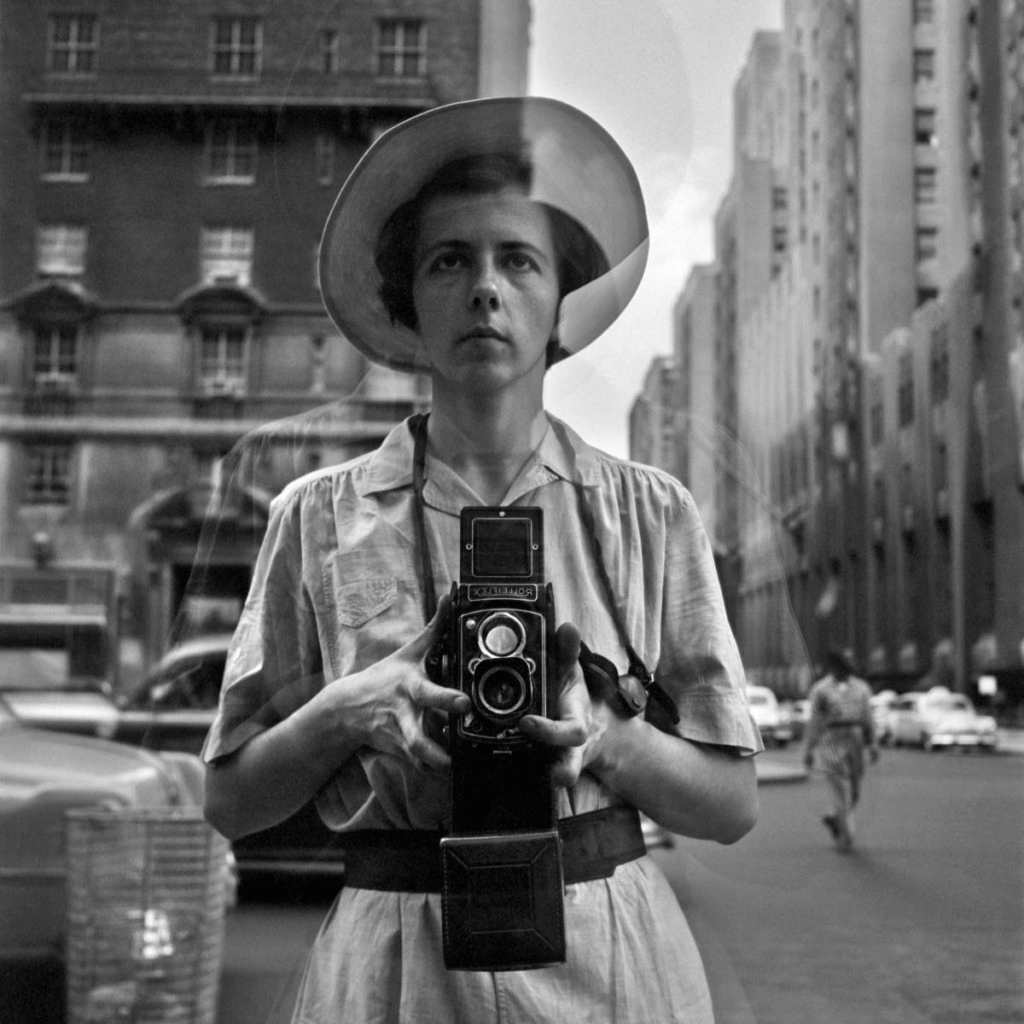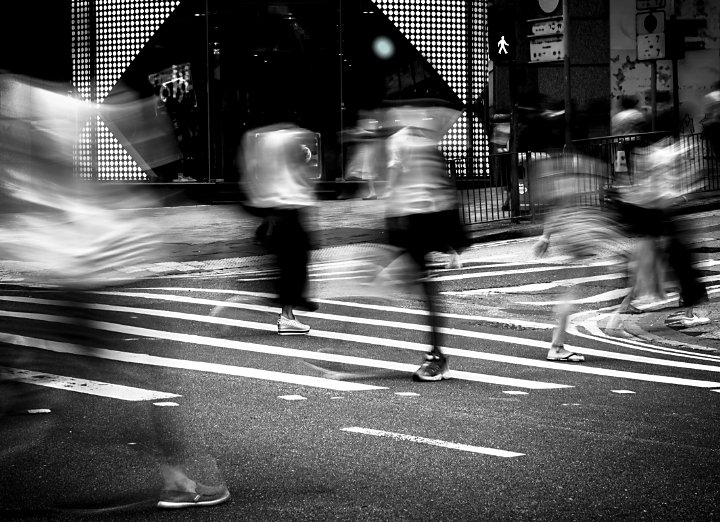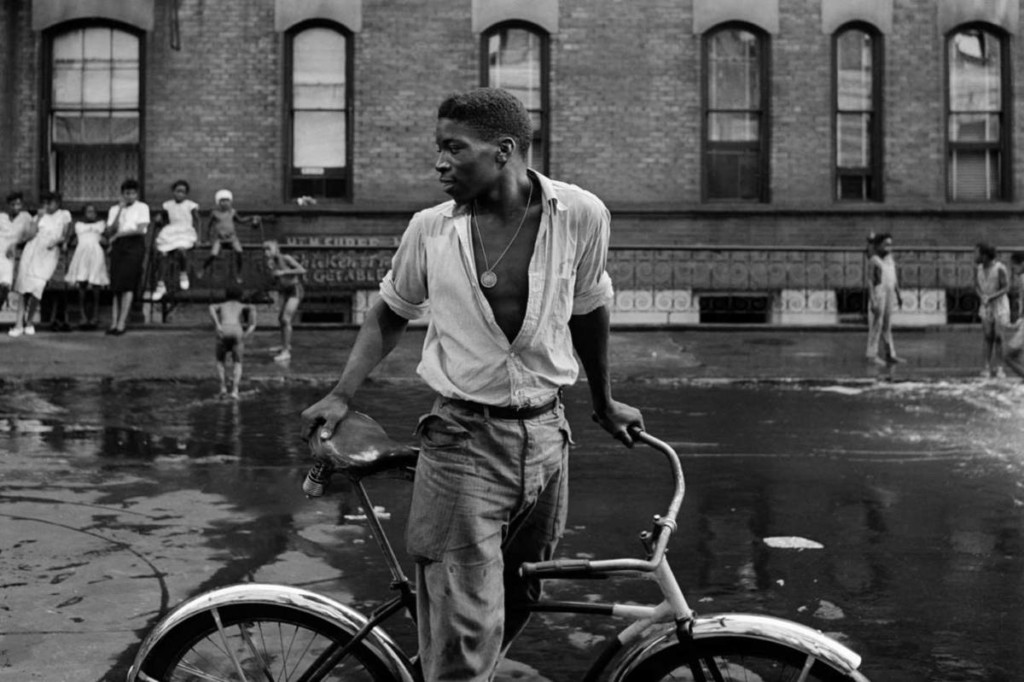The smart Trick of Framing Streets That Nobody is Discussing
The smart Trick of Framing Streets That Nobody is Discussing
Blog Article
The Greatest Guide To Framing Streets
Table of ContentsThe Main Principles Of Framing Streets Not known Facts About Framing StreetsA Biased View of Framing StreetsThe Ultimate Guide To Framing Streets7 Simple Techniques For Framing StreetsThe Ultimate Guide To Framing Streets
Digital photography style "Crufts Dog Show 1968" by Tony Ray-Jones Road photography (additionally in some cases called candid digital photography) is digital photography performed for art or inquiry that includes unmediated opportunity experiences and arbitrary incidents within public locations, normally with the goal of recording images at a decisive or touching minute by cautious framing and timing. 
How Framing Streets can Save You Time, Stress, and Money.
Susan Sontag, 1977 Road digital photography can concentrate on individuals and their habits in public. In this regard, the street professional photographer resembles social documentary photographers or photographers who likewise operate in public places, yet with the goal of recording relevant events. Any of these digital photographers' images might capture individuals and residential property visible within or from public places, which usually requires browsing ethical problems and laws of privacy, safety, and building.
Depictions of day-to-day public life develop a category in nearly every duration of globe art, beginning in the pre-historic, Sumerian, Egyptian and very early Buddhist art periods. Art taking care of the life of the road, whether within views of cityscapes, or as the leading theme, shows up in the West in the canon of the North Renaissance, Baroque, Rococo, of Romanticism, Realism, Impressionism and Post-Impressionism.
An Unbiased View of Framing Streets
Louis Daguerre: "Boulevard du Temple" (1838 or 1839) In 1838 or 1839 the first picture of numbers in the street was tape-recorded by Louis-Jacques-Mand Daguerre in one of a pair of daguerreotype views drawn from his studio home window of the Boulevard du Holy place in Paris. The second, made at the elevation of the day, shows an uninhabited stretch of road, while the other was taken at regarding 8:00 am, and as Beaumont Newhall reports, "The Blvd, so continuously loaded with a relocating crowd of pedestrians and carriages was flawlessly singular, except a person who was having his boots cleaned.
His boots and legs were well specified, but he is without body or head, since these were in activity." Charles Ngre, waterseller Charles Ngre. https://www.cheaperseeker.com/u/framingstreets1 was the very first professional photographer to achieve the technological sophistication needed to sign up individuals in movement on the street in Paris in 1851. Professional Photographer John Thomson, a Scotsman collaborating with journalist and social lobbyist Adolphe Smith, released Road Life in London in twelve monthly installments starting in February 1877
The Ultimate Guide To Framing Streets
Eugene Atget is considered as a progenitor, not since he was the very first of his kind, but as a result of the popularisation in the late 1920s of his record of Parisian roads by Berenice Abbott, who was inspired to carry out a comparable documents of New york city City. [] As the city developed, Atget helped to promote Parisian roads as a deserving subject for digital photography.

An Unbiased View of Framing Streets
Martin is the first videotaped digital photographer to do so in London with a disguised electronic camera. Mass-Observation was a social research study organisation established in 1937 which intended to tape-record daily life in Britain and to videotape the reactions of the 'man-in-the-street' to King Edward VIII's abdication in 1936 to marry separation Wallis Simpson, and the succession of George VI. In between 1946 and 1957 Le Groupe des XV every year exhibited job of this kind. Andre Kertesz. Circus, Budapest, 19 May 1920 Street digital photography created the major material of 2 exhibits at the Museum of Modern Art (Mo, MA) in New York curated by Edward Steichen, 5 French Digital Photographers: Brassai; Cartier-Bresson, Doisneau, Ronis, Izis in 1951 to 1952, and Post-war European Digital Photography in 1953, which exported the idea of street photography internationally.

The 5-Second Trick For Framing Streets
The recording device was 'a hidden camera', a 35 mm Contax hidden underneath his coat, that was 'strapped to the upper body and linked to a long cord strung down the right sleeve'. Nonetheless, his job had little modern impact as due to Evans' sensitivities regarding the creativity of his job and the privacy of his topics, it was not published till 1966, in guide Many Are Called, with an introduction created by James Agee in 1940.
Helen Levitt, after that a teacher of young youngsters, connected with Evans in 193839. She documented the temporal chalk drawings - sony a7iv that became part of youngsters's street society in New York at the time, along with the children that made them. In July 1939, Mo, MA's new digital photography area included Levitt's operate in its inaugural eventRobert Frank's 1958 book,, was considerable; raw and commonly out of emphasis, Frank's photos examined conventional photography of the moment, "tested all the formal regulations set by Henri Cartier-Bresson and Pedestrian Evans" and "flew in the face of the wholesome pictorialism and wholehearted photojournalism of American publications like LIFE and Time".
Report this page